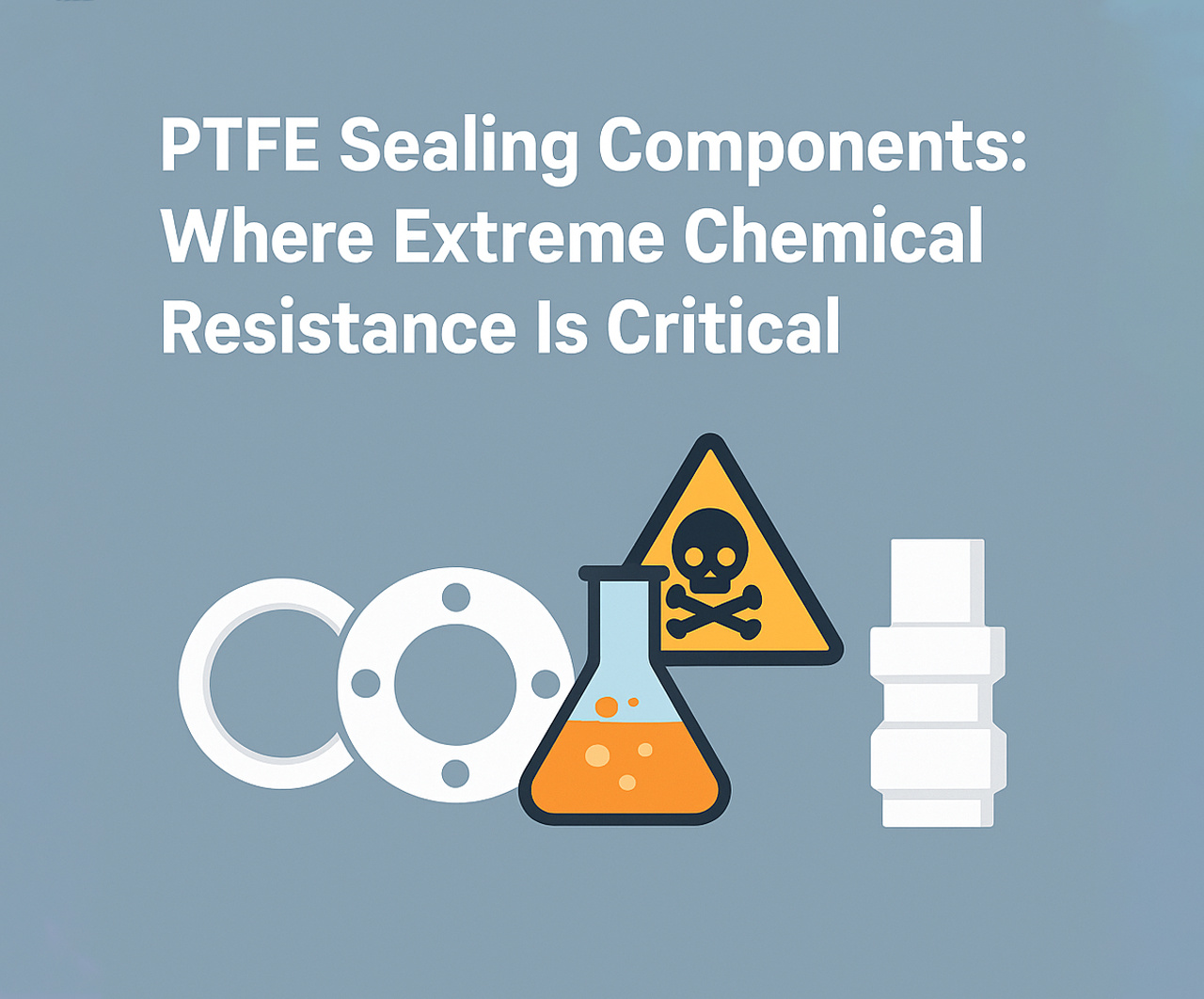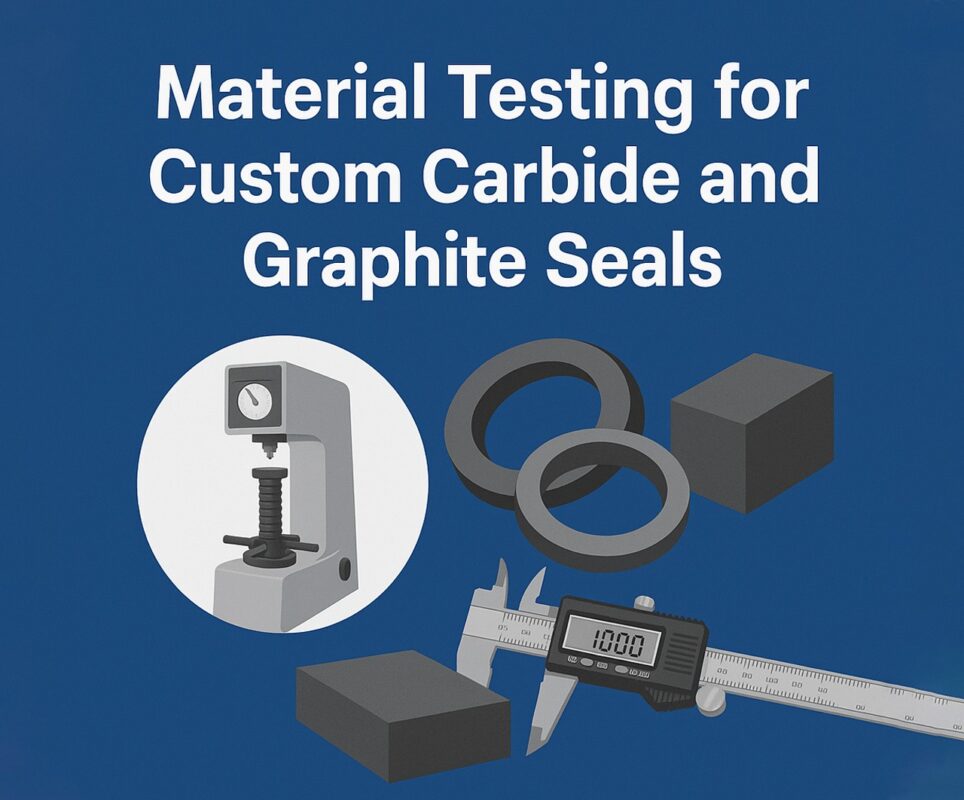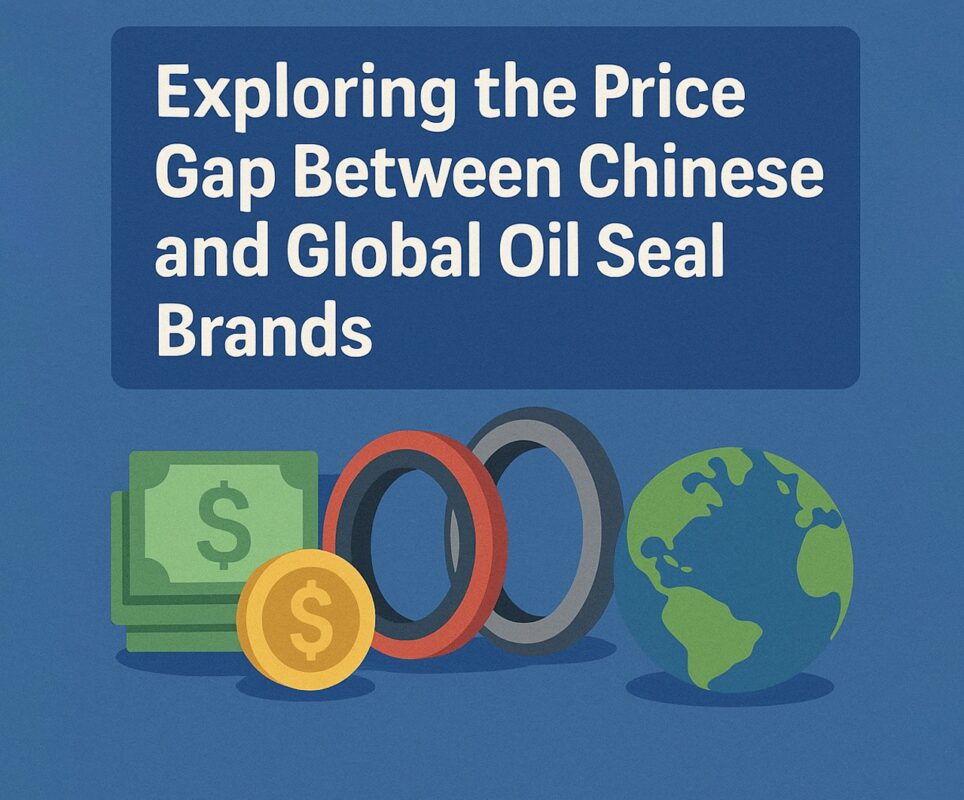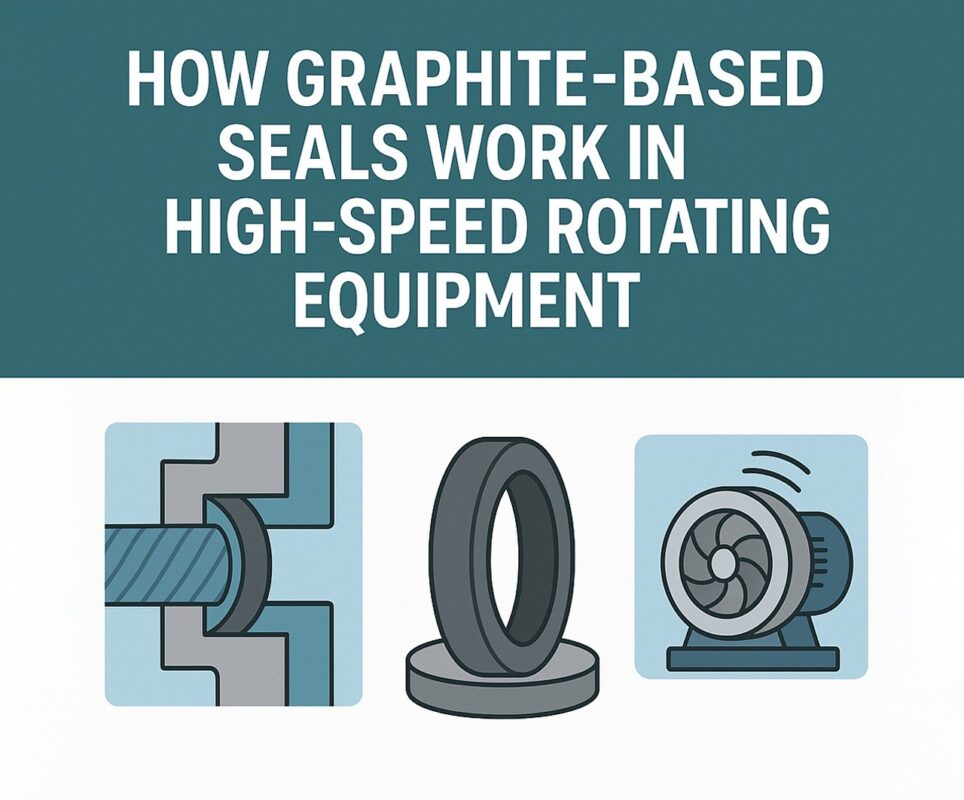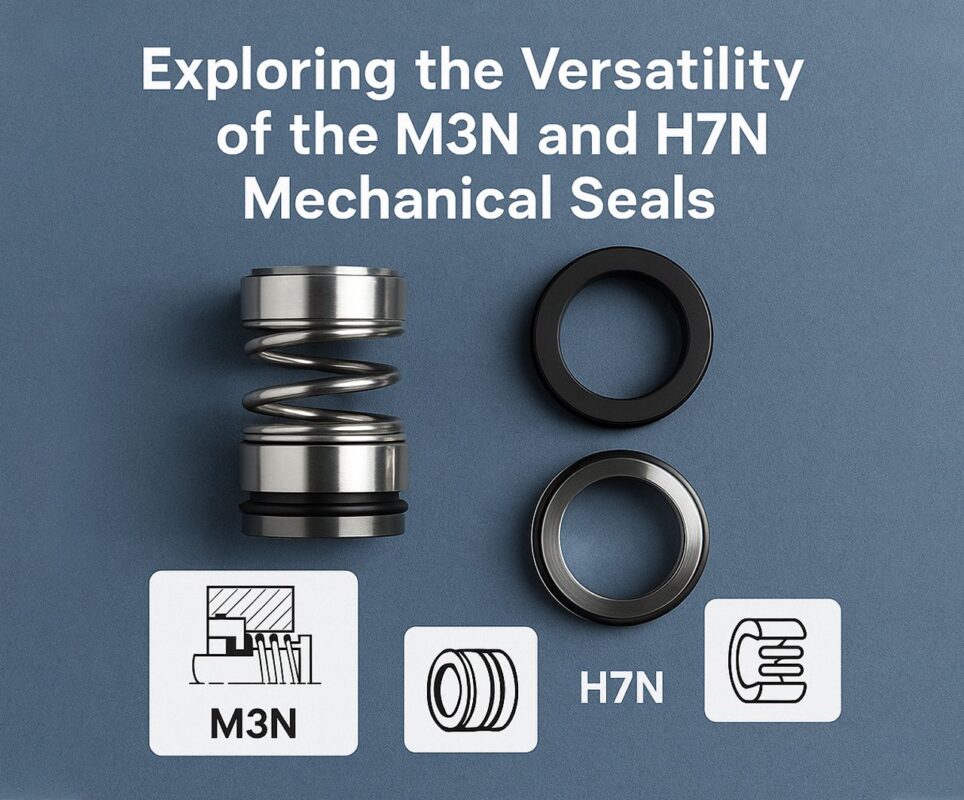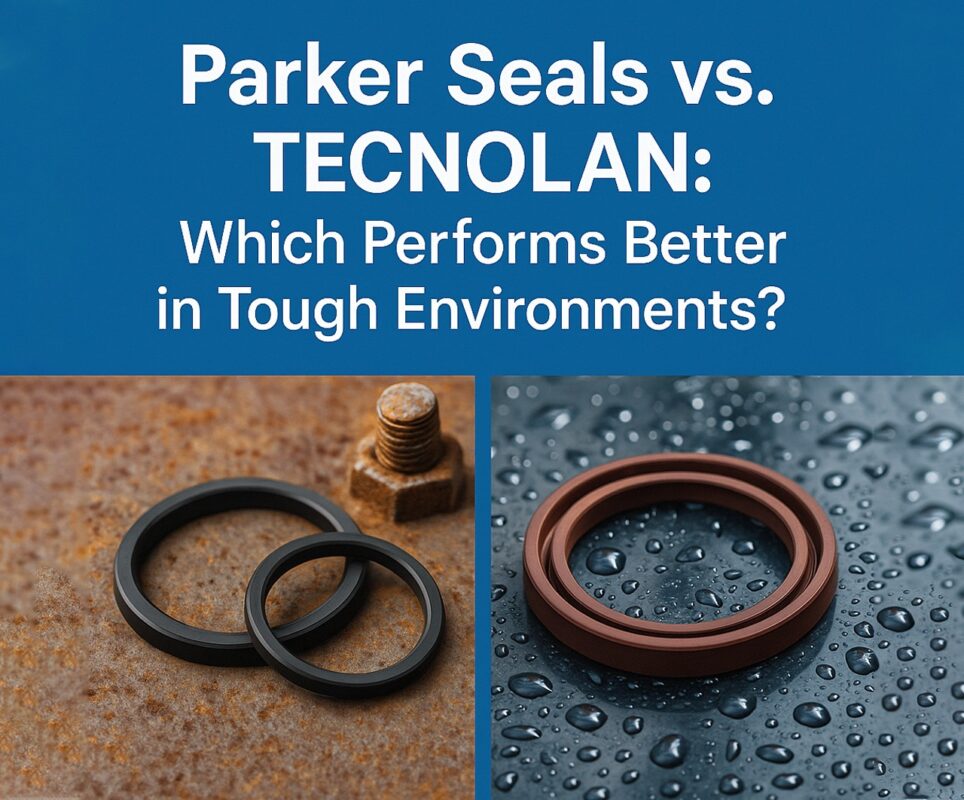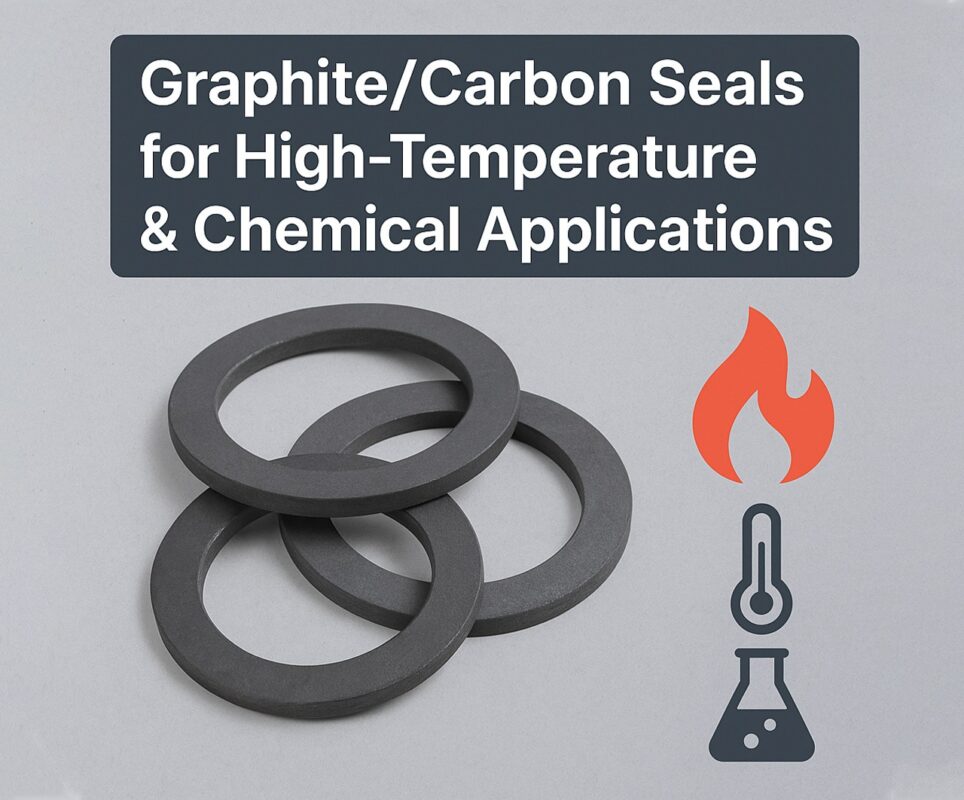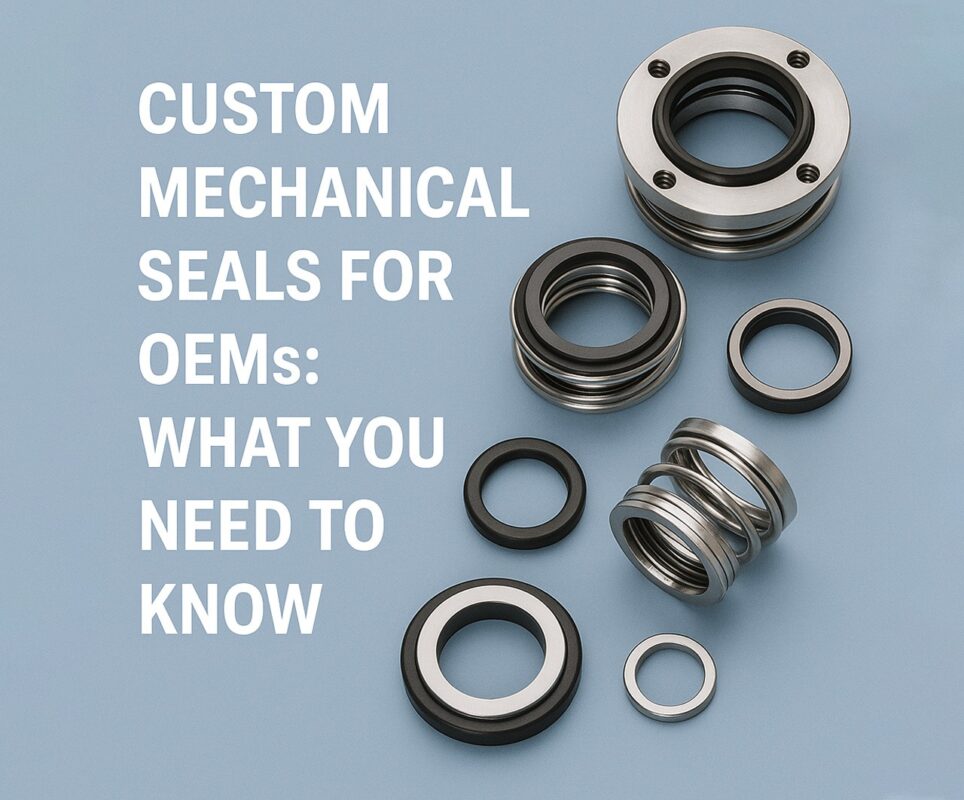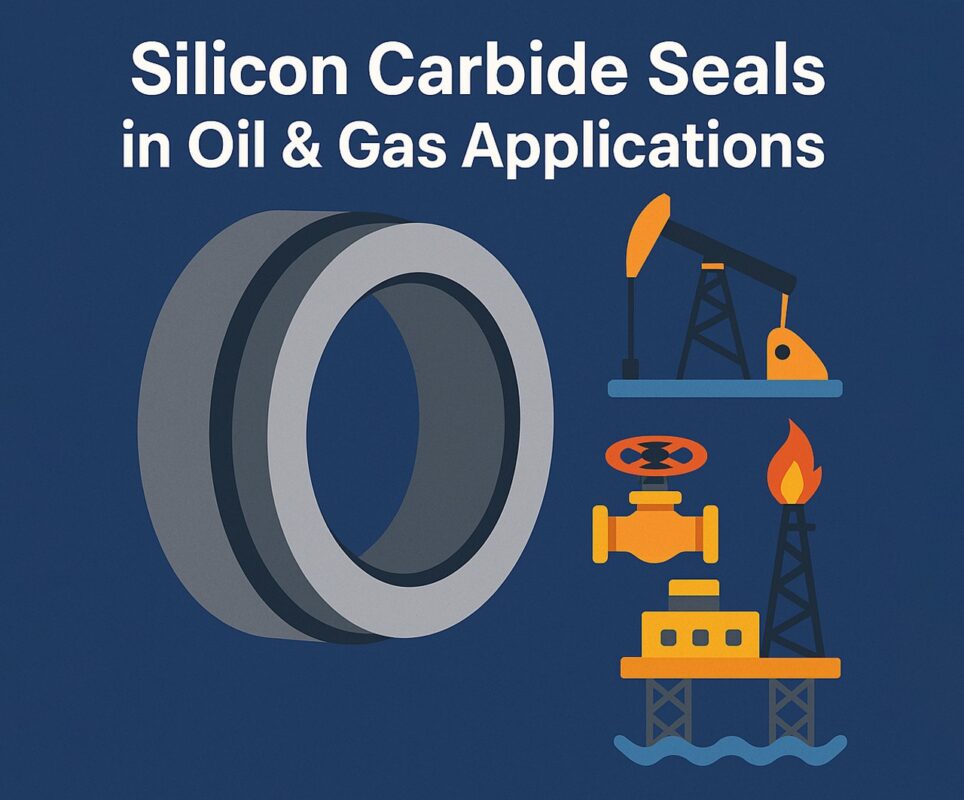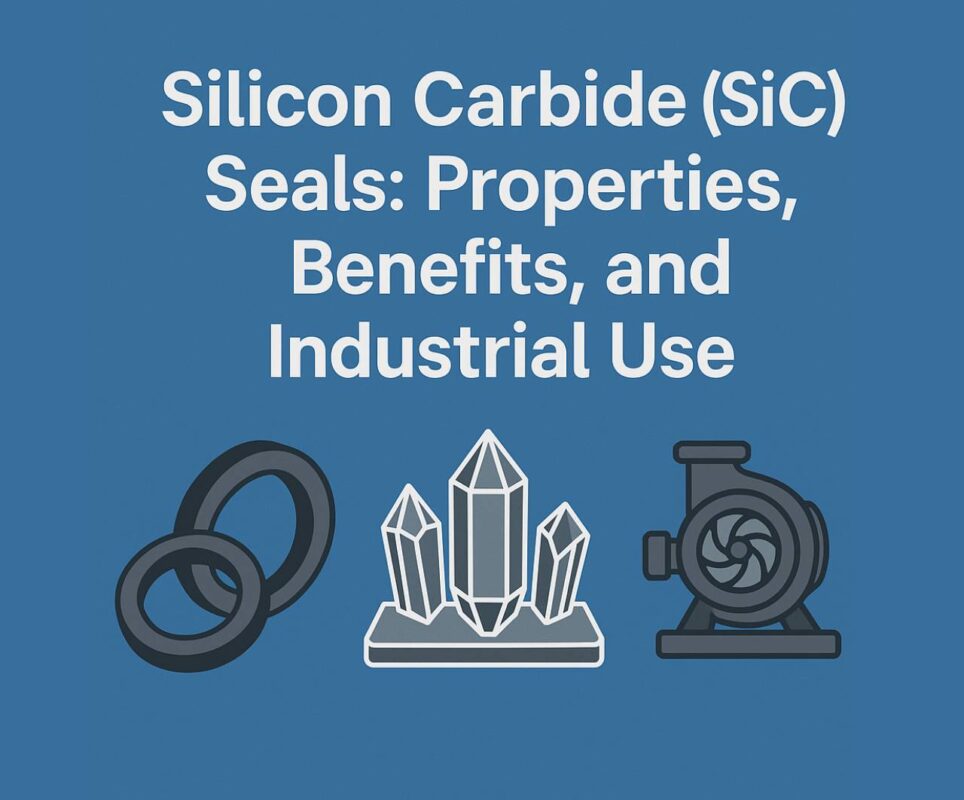In industries where seals come into direct contact with aggressive media—such as acids, solvents, or high-purity gases—the choice of sealing material isn’t just important, it’s essential. That’s why components like ptfe rings, ring ptfe configurations, and the widely used ptfe gland are the go-to solutions in environments that demand nothing short of extreme chemical resistance. Whether it’s chemical processing, pharmaceuticals, or food-grade systems, PTFE (Polytetrafluoroethylene) seals are often the last line of defense between operational success and catastrophic failure.
This article explores where and why PTFE sealing components are critical, what sets them apart from other materials, and how to select the right PTFE-based solution for your application. Know more..
What Makes PTFE an Ideal Sealing Material?
Polytetrafluoroethylene (PTFE), commonly known by its brand name Teflon®, is a fluoropolymer that offers exceptional resistance to nearly all chemicals. Its non-reactive molecular structure gives it a unique advantage in corrosive and high-temperature environments.
Key Benefits:
- Inert to most acids and bases
- Operates from -200°C to +260°C
- ow coefficient of friction
- Non-stick surface
- FDA-approved for food and pharma applications
- Excellent dielectric properties
Because of these properties, ptfe rings, ring ptfe setups, and ptfe gland seals are widely used in sectors where performance and purity are non-negotiable.
Where PTFE Sealing Components Make the Difference
1. Chemical Processing Plants
In chemical reactors, mixers, and pipelines, exposure to aggressive substances like nitric acid, chlorine, and caustic soda is routine. PTFE components—particularly ptfe gland and ptfe rings—maintain their structural integrity without breaking down or contaminating the process.
2. Pharmaceutical Manufacturing
In cleanroom environments and high-purity drug production, ring ptfe and gaskets ensure no cross-contamination. Since PTFE doesn’t absorb fluids and is easy to sterilize, it’s a staple in tablet presses, fluid transfer systems, and filtration units.
3. Food and Beverage Industry
PTFE’s inertness and FDA compliance make it ideal for sealing machinery that processes dairy, meat, or acidic foods. Ptfe rings prevent leakage and microbial growth, making them a hygienic choice for food-grade operations.
4. Oil and Gas
High-temperature and pressure fluctuations, coupled with corrosive fluids, require sealing materials that won’t degrade. Ptfe gland seals are often installed in valves and pump housings where elastomers would fail prematurely.
5. Semiconductor and Electronics
PTFE’s high electrical resistance and chemical purity are vital in semiconductor etching and cleaning systems. Ring ptfe applications here often involve sealing microfluidic lines and ultra-clean gas flows.
Understanding PTFE Ring Designs
What Are PTFE Rings?
Ptfe rings are circular sealing elements made entirely from PTFE. They come in various cross-sectional profiles—O-rings, square-cut, or custom-molded—to fit specific grooves or housings. They can be used in static or dynamic sealing applications.
Ring ptfe components are preferred when:
- Elastomer swelling is an issue
- There’s a need for zero contamination
- Continuous exposure to chemicals occurs
These rings are often custom-cut to tight tolerances for high-integrity sealing.
Exploring the PTFE Gland Seal
A ptfe gland refers to a compression seal that fits around a shaft or inside a valve body. It compresses PTFE material to form a tight seal, ideal for rotating or reciprocating equipment.
Advantages of PTFE Gland Seals:
- Excellent sealing under variable pressure
- Withstands shaft misalignment
- Reduces friction and heat generation
- Works with steam, gas, and slurry systems
Ptfe gland seals are widely used in pumps, agitators, and autoclaves—often replacing more fragile mechanical seal configurations in caustic systems.
Material Blends: Modified PTFE Options
Pure PTFE is soft and can deform under load. To overcome this, manufacturers offer filled PTFE compounds:
- Glass-Filled PTFE: Improves wear resistance
- Carbon-Filled PTFE: Reduces thermal expansion
- Bronze-Filled PTFE: Enhances dimensional stability and compressive strength
- Graphite-Filled PTFE: Lowers friction, especially under dry-running conditions
When selecting ptfe rings or ptfe gland options, understanding the filler content can be the key to avoiding premature wear or leakage.
Common Challenges and How to Solve Them
1. Cold Flow or Creep
PTFE may deform under prolonged compression. Solution: Use virgin PTFE only in low-pressure systems or switch to filled variants.
2. Thermal Expansion
PTFE expands with heat more than metals. Solution: Design tolerances that allow for thermal movement.
3. Installation Damage
Over-tightening or improper installation can gouge soft PTFE seals. Solution: Use correct torque specs and follow OEM guidelines.
4. Low Elastic Recovery
Unlike rubber, PTFE doesn’t “snap back.” Solution: Combine PTFE with elastomer energizers in dynamic seals, such as spring-energized ring ptfe assemblies.
PTFE vs Other Sealing Materials
| Feature | PTFE | NBR | FKM (Viton) | EPDM |
| Chemical Resistance | Excellent | Fair | Good | Good |
| Temp. Range (°C) | -200 to +260 | -40 to +120 | -30 to +200 | -50 to +150 |
| Wear Resistance | Moderate | Good | Excellent | Good |
| Elasticity | Low | High | High | High |
| FDA Compliant | Yes | Yes | Some grades | Yes |
If the application involves aggressive chemicals, extreme temperatures, or hygienic concerns, ptfe rings or a ptfe gland are often the best choices.
PTFE in Dynamic vs Static Sealing
Static Seals:
Used in flanged connections or valve bonnets where no movement occurs. Pure ptfe rings work well due to their non-reactive properties.
Dynamic Seals:
Found in pumps, mixers, and actuators where the seal must endure rotation or reciprocation. In these cases, a ptfe gland or energized ring ptfe assembly (with metal springs or elastomers) provides better sealing under motion.
Tips for Selecting the Right PTFE Sealing Component
- Define the Media: Identify all fluids and gases the seal will contact.
- Know the Temperature Range: Consider startup and operational temps.
- Check the Pressure Load: Dynamic applications may require spring-energized PTFE components.
- Determine Movement: Is the seal static, rotating, or reciprocating?
- Compliance Needs: FDA, USP Class VI, or cleanroom compatibility?
Partnering with an experienced seal supplier will ensure the best ptfe gland, ptfe rings, or ring ptfe option for your system.
Maintenance and Service Life
While PTFE seals are long-lasting, they’re not maintenance-free.
Best Practices:
- Monitor for wear, creep, or cracking
- Use correct installation tools to prevent seal damage
- Replace seals proactively in high-risk chemical systems
- Store in a cool, dry place—avoid UV exposure
With proper use, ptfe rings can last thousands of hours without degradation, outperforming many elastomer-based alternatives.
Final Thoughts
In high-risk environments where sealing failure is not an option, ptfe rings, ring ptfe, and ptfe gland components stand as the most reliable solutions. Their unparalleled chemical resistance, wide temperature tolerance, and compliance with industry standards make them indispensable across multiple sectors.
If you’re dealing with aggressive chemicals, high-pressure systems, or cleanroom protocols, there’s no substitute for the performance that PTFE seals deliver.
Investing in the right PTFE sealing solution isn’t just a choice—it’s a safeguard for your system, your uptime, and your peace of mind.

